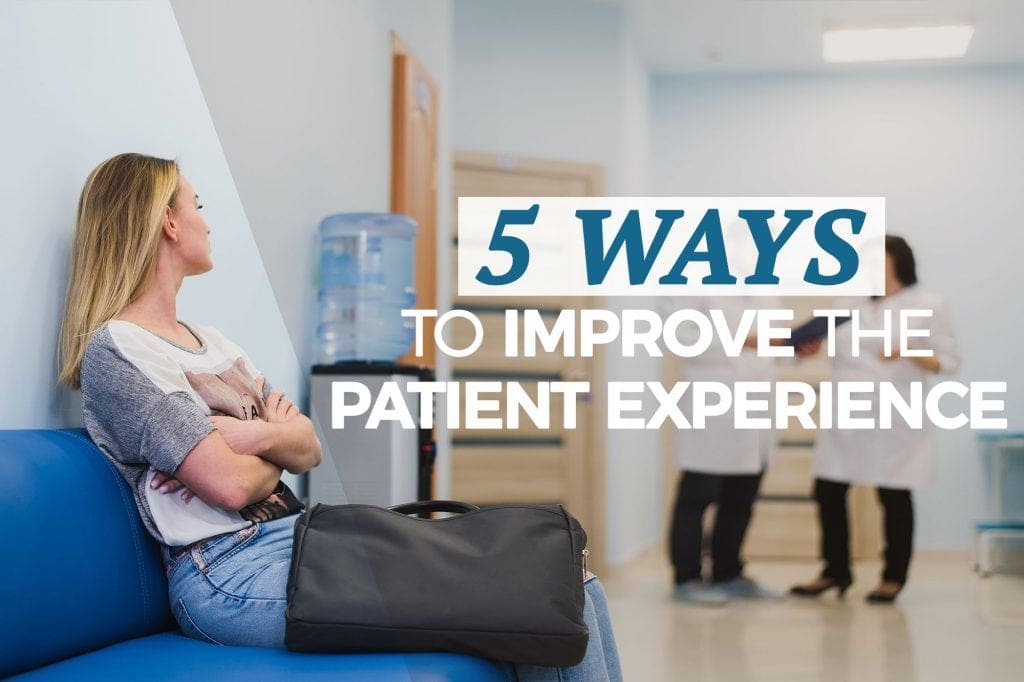If we were to compare healthcare facilities to military outposts, then your staff would be the foot soldiers, the men, and women who must remain ready to engage the “enemy.” Consider within the scope of such scenarios, how important a medical staff is.
Can any war be won without the brave warriors that do most of the fighting?
By the same token, what would hospitals do if CNAs, MAs, LPNs, and RNs were all of a sudden removed from the equation? Doctors, PAs, and NPs are important but, were it not for their faithful, more humble “kerns,” the whole medical system would come to a grinding halt.
Because these staff are so crucially important, it behooves you to take care of them and to show them how much you appreciate their great contributions. No matter how competent, friendly and caring a doctor is, it’s the supporting personnel that people may remember or appreciate the most.
Doctors’ often caustic and short-tempered personalities, as a matter of fact, are offset and/or mitigated by the more calm, friendlier, and patient MAs, LPNs and, in some cases, RNs.
WHAT ARE THE MOST TROUBLING ASPECTS OF A DOCTOR’S VISIT?
In coming up with ways to make the patient experience more pleasant (or at least less offensive), it is convenient to dwell on examples of things that generally perturb patients. Accordingly, here are 10 examples of things that are likely to upset, intimidate or turn off patients when visiting a doctor:
- Scheduling frustrations. . . having to book an appointment for next month
- Having to wait for long periods of time . . . although most doctors get upset when patients are late, often punishing them by moving their open slot further back, they rarely show patients the same courtesy.
- Having to deal with rude staff members or, what’s more likely, rude doctors.
- Paperwork. . . and more paperwork
- Their prescriptions not being called-in accurately, on time, or to the right pharmacy.
- Possibly getting sick from other patients while waiting or after using one of the contaminated exam rooms.
- Having to pay unexpected large fees, especially if their insurance has a large deductible yet to be met, only covers part of the cost, or if they have no insurance
- Not being listened to very well; having some of their symptoms or complaints swept aside or ignored as if they weren’t important.
Needless to say, strive to not subject your patients to any of these inconveniences and mistreatments when possible.

Most people think of healthcare providers as people who help to make patients feel better or, at the very least, address their health concerns. But there is more to it than that.
The best healthcare providers (including lower-level ones) can also help allay fears, give people hope and, last of all, suggest or provide ways to make the whole patient experience better, more tolerable and, in some cases, even pleasant.
5 WAYS HEALTHCARE PROVIDERS CAN IMPROVE A PATIENT’S EXPERIENCE
1 Attentively listen to and respectfully address all of your patient’s concerns.
Healthcare providers are taught how to recognize psychosomatic complaints and symptoms; as a matter of fact, although the word is rarely used in medical settings (except maybe privately), doctors are often on the lookout for blatant hypochondriacs. Notwithstanding the fact that some symptoms are indeed psychosomatic and that there are hypochondriacs out there, it’s best if healthcare providers don’t visit that possibility until and unless medical evidence exists to warrant such an assumption—in other words if tests run don’t show any organic or visible medical problem. Even if you suspect that no legitimate medical problem exists, you should still listen closely to patients and do what you can to allay their fears, as you look for potential medical problems.
2 Require and train staff to treat all patients with the same amount of professionalism, respect, and friendliness.
Let’s face it: healthcare providers are human beings and, as such, they have likes and dislikes. Not liking a particular patient, though, is not an acceptable reason to be rude, impatient or unprofessional. While you may not be able to force your staff to be super friendly to everyone, at the very least, require that they put on a plastic smile if that’s all they can muster, for every patient. If other people can do this successfully (cashiers, waiters/waitresses, salespeople, etc.), why can’t medical staff?
3 Make sure that all complaints, concerns, and questions posed by the patient are adequately addressed.
The last thing you want is to have a patient leaving your facility despite having one or more of his/her complaint not addressed by the RN or the doctor. You don’t have to agree with the patient, treat something you don’t find a medical cause for, or make up stuff just to make the patient feel “listened to.” But, by all means, address everything the patient brings up. If you can’t find a reason for the pain in his lower back, then refer him to a nephrologist or an orthopedic physician or some other specialist. But don’t just ignore anything the patient said—it will only make him feel disrespected and belittled. It may also open you up for a lawsuit if it turns out that the pain was legitimate.
4 Work to cut down on how long patients have to wait; this may require getting your staff to become more efficient in the long run.
Meanwhile, make the waiting experience better by putting a TV(s) in the waiting room or, better yet, provide free Wi-Fi so people can watch their own stuff on their private mobile electronic devices.
5 Have snacks, free coffee and even small gifts to hand to your patients, especially the “regulars.”
A coffee machine can go a long way in making people feel welcome and comfortable. You can also serve or have available snacks, preferably individually wrapped and relatively healthy (e.g., low-sugar granola bars, etc.), free drinks. You might also offer a playroom for kids and vending machines.
CONCLUSION
The key takeaway from this article is to honestly analyze your office operations, see where you can improve, measure the effectiveness, and optimize.




